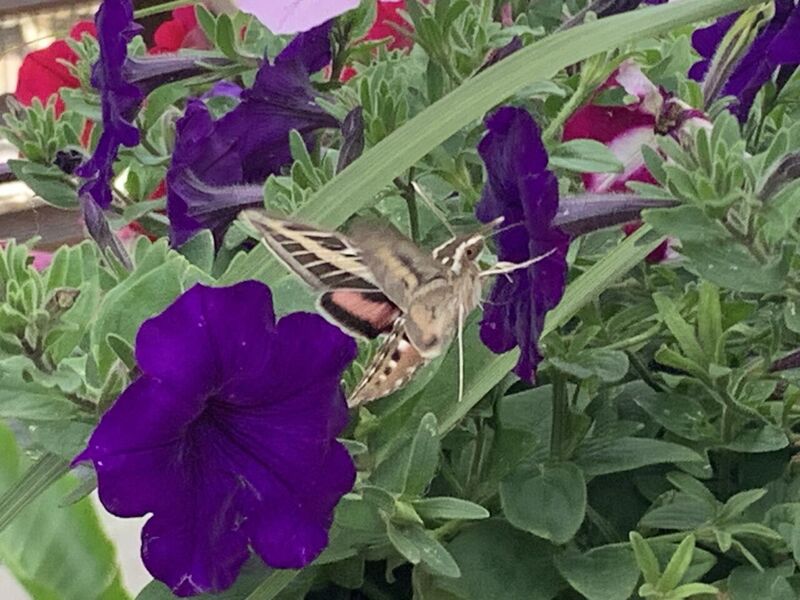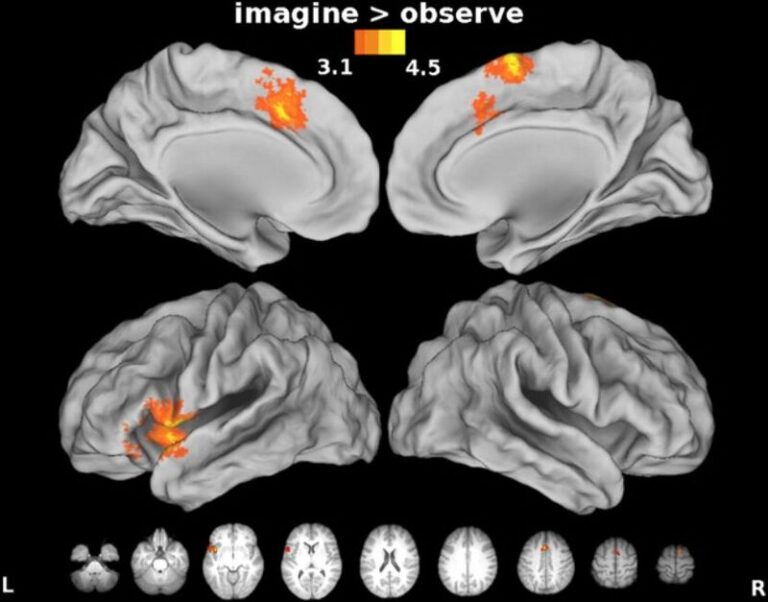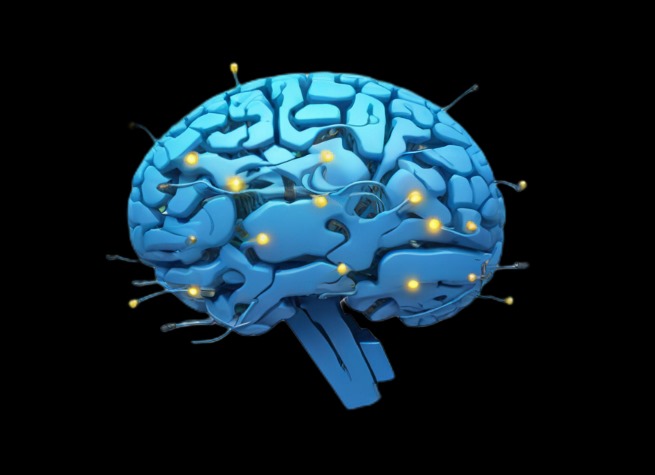Perception vs. Reality: How Our Senses Often Deceive Us
Here is something to consider. Our brains are locked away in the lightless, soundless sarcophagus of our skulls. Their only access to the world is through energy (e.g., light) received through our sensory organs (e.g., eyes) and converted into patterns of neural impulses. These neural codes are continuously interpreted based on our past experiences and expectations to create our reality. That is it, every sight, sound, touch, smell and taste!
Even after spending my adult life investigating how this all works, I find it hard to believe and still go about my daily life much the same as everybody else. Occasionally, I am given a reminder.
Pedaling around the high Rocky Mountains near Ouray, Colorado we noticed an abundance of little hummingbirds, hovering delicately to sip the nectar from blossoms. Amazing, but also common for us to see at home. But something about these birds was different.
Pausing for a closer look revealed that these were not birds at all, but insects (specifically White-lined Sphinx Moths)! They are nearly the same size and fly the familiar darting and hovering patterns as hummingbirds. Instead of a long beak, these moths have a long thin proboscis for sipping nectar from deep inside flowers that are beyond the reach of other pollinators like bees and wasps. Magnificent!
How many times is our initial interpretation flawed, and what are the consequences when we act on these faulty ideas? Perceiving requires a willingness to slow down and invest our attention more fully on what is coming in through our senses, and to question the evidence for our initial interpretations. Thanks moths!







